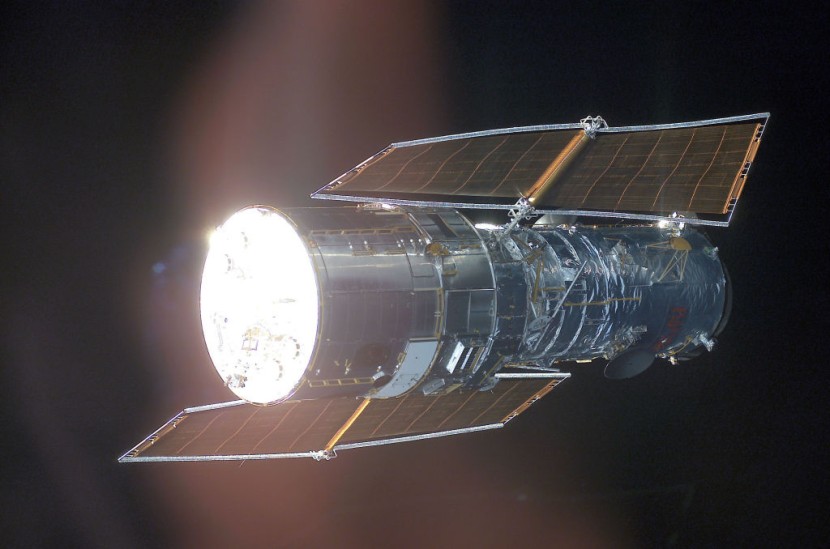
NASA and SpaceX are looking into sending Crew Dragon for an orbital boost that would increase the operational life of the Hubble Space Telescope.
Hubble, which has logged more than 30 years in orbit in its quest to study the mysteries of the universe, could have longer working life depending on NASA's findings. NASA and SpaceX, alongside private astronaut Jared Isaacman, hosted a media teleconference on Thursday.
Boosting Hubble's Operational Life
During that teleconference, the parties involved announced a feasibility study that would investigate the plausibility of sending a commercial Dragon spacecraft to re-boost the space telescope. It would place Hubble into a higher and more stable orbit compared to the one that it is currently in.
The research will come at no cost to the government, as there are no plans for NASA to conduct or fund a servicing mission to compete with this opportunity. Authorities added that the study is designed to help the space agency understand the commercial possibilities.
It is expected to take up to six months and will prioritize determining whether or not it would be technically possible for a Crew Dragon to "safely rendezvous, dock, and move the telescope into a more stable orbit," as per CNET.
Despite the announcement, none of the teleconference participants laid out detailed plans on what a Hubble boost mission would look like. Furthermore, they did not provide information on whether the mission would actually require a crew to be on board the spacecraft.
The announcement came as Hubble's orbit has slowly been decaying over time, with Hubble project manager Patrick Crouse saying that the observatory has already dropped roughly 19 miles since its last servicing mission in 2009.
According to SciTechDaily, while the Hubble Space Telescope and Dragon spacecraft will serve as the mission's test models, portions of the concept may be applicable to other spacecraft, particularly satellites in a near-Earth orbit similar to Hubble.
Read Also : Rippling Energies Throbbing in the Milky Way Galaxy Is Suspected by Astronomers Happening Like Clock Work
Hubble Space Telescope
Crouse added that there is a roughly 50% chance that the Hubble would re-enter Earth's atmosphere in 2037 if nothing is done. NASA already hopes that the observatory will remain operational through the end of this decade, but boosting it could add years more to its operational life.
The vice president of Customer Operations & Integration at SpaceX, Jessica Jensen, said that the company and the Polaris Program, of which Isaacman is a part, want to expand the boundaries of current technology. They are looking to explore how commercial partnerships can creatively solve challenging, complex problems.
Jensen noted that missions, such as servicing Hubble, would help experts expand space capabilities that would ultimately benefit all of humanity in achieving its goals of becoming a space-faring, multi-planetary civilization.
On the other hand, NASA Associate Administrator for science, Thomas Zurbuchen, said during the teleconference that they want to know more about the possibilities that could result from the mission. Commercial partnerships have opened the door to new and exciting opportunities for the space agency's science and tech exploration by offering new ideas and innovative ways to support them, Space News reported.
Related Article: NASA DART Mission: Hubble, Webb Telescopes Capture Exact Moment Spacecraft Hits Asteroid
© 2025 HNGN, All rights reserved. Do not reproduce without permission.








